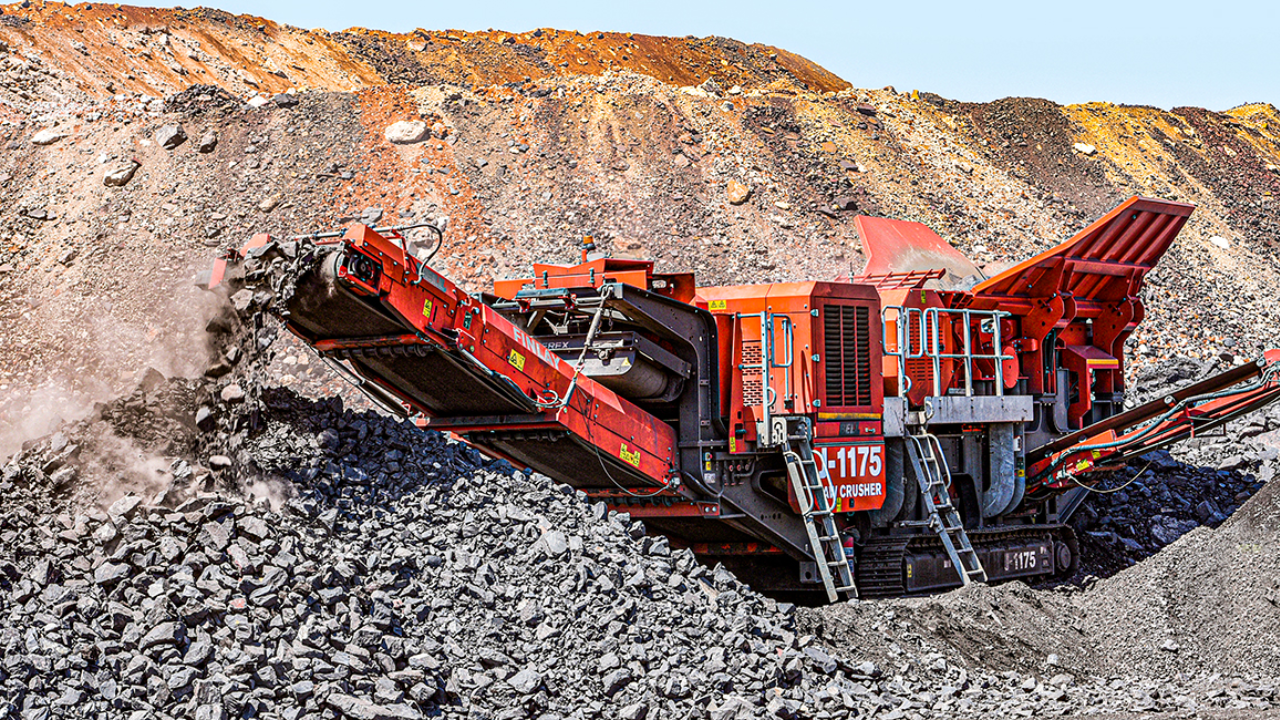Manganese stands as a critical industrial metal with diverse applications. It makes steel stronger, alloys, and assists in storing energy as a battery. The metamorphosis of geology into refined feedstock in modern industries occurs as raw ore is refined into a refined concentrate. This understanding of the path helps you to realize the importance of each process, from extraction to beneficiation. The magnitude of the manganese ore mining industry explains why high-grade concentrates are needed to meet the demands of the world's various sectors.
Manganese Ore Exploring Origin
Manganese ores are distributed across the world in silicate rocks and ore bodies. Pyrolusite, rhodochrosite, hard manganese ore, and black and brown manganese ore are considered the most essential minerals. Worthwhile ores usually consist of 50 to 70 per cent manganese. They are also highly concentrated, allowing them to be used in various industries. But there are Geological pitfalls. Due to the differences in hardness and impurities, uniform handling presents a challenge. These obstacles must be known to you; this is why the processing steps are so carefully designed.
The Mining Stage: Extracting Raw Manganese Ore
Either underground or open-pit mining commences the mining process. Open-pit mining dominates due to easier access and lower costs. Drilling and blasting break up ore bodies. Raw wine is then hauled to processing sites. First sorting eliminates overburden and barren material. The goal is straightforward at this phase. The process should stabilise the supply of feedstock within the ongoing process. An adequate supply will mean efficiency in downstream crushing and grinding processes.
Crushing: The First Step in Ore Transformation
Crushing is the beginning of ore conversion. Big blocks should be cut to manageable sizes. Heavy-duty jaw crushers, such as the PE-750*1060, perform the initial reduction. For finer output, smaller jaw crushers, such as the PEX-250*1000, follow. Cone crushers, like the HP300 hydraulic type, handle tertiary crushing for further refinement. The semi-closed circuit ensures that oversized material is filtered and reintroduced for further crushing. This looping improves efficiency and consistency. It is essential to crush precision. In its absence, downstream grinding becomes less efficient, resulting in increased energy wastage.
Ore Screening and Classification
Crushed ore must be sorted by size. Oversized and undersized material is separated on circular vibrating screens. Only particles that are of the correct size are forwarded to grinding. This will eliminate unnecessary energy waste in the milling process. Clearing machines will be used at their full potential through proper classification. To you, it reveals how one step prepares the ore for the next stage, and the equipment is not overloaded. Equal feed size minimizes operation cost and improves the quality of concentrate.
Grinding: Holding Ore into a Fine State
The material is crushed and converted into a powdered form through a grinding process. This is accomplished in ball mills through the use of steel balls that grind the ore particles. The spiral classifiers isolate fine particles, and non-fine rejects are rejected. The purpose of grinding is to free manganese minerals from their host rock. Liberation is a critical ingredient to effective beneficiation. Operators should, however, be able to trade off fine grinding versus energy consumption. Excessive grinding uses up power yet yields no better recovery. The grinding process is controlled, resulting in high liberation with minimal energy cost.
Beneficiation: Ore-Concentration
Hodges' manganese ore is to be converted into a concentrate through beneficiation. Powerful magnetic separation eliminates non-magnetic contaminants. Manganese minerals are beautiful for high-intensity separators. Splitting ore, it is subjected to dehydration and drying. This can be achieved through the use of mechanical dryers or natural air drying. The outcome is a high-grade manganese extract. This type of material is used in the industrial needs of steelmaking, alloying, and battery manufacturing. Beneficiation enriches the ore, making it ready for industrial use.
From Concentrates to Industrial Use
Multiple industries are fed by concentrated manganese. It enhances steel strength and durability during smelting. Manganese helps stabilize and improve the performance of battery cathodes. Magnesium high-grade concentrates are also required in specialty alloys. Sound quality is a must in every industry. The fulfillment of these standards highlights the importance of accuracy in crushing, grinding, and beneficiation. Through the process of upgrading raw ore, concentrate producers open up considerable economic returns. The transformation is the transition between the natural geology and industrial demand.
Conclusion
The manganese ore life cycle begins in natural deposits and culminates in the refined concentrate. The support of this transformation is pollution mining, crushing, grinding, and beneficiation. Crushing is performed to ensure manageable ore sizes, grinding is conducted to liberate valuable minerals, and beneficiation is used to upgrade purity. All the steps demonstrate the cooperation between geology, engineering, and technology. The manganese future of world industries is safe under the influence of reliable and efficient processing technology. This article shows how crude rock is transformed into an irreplaceable component used to drive steel, batteries, and alloys in advanced economies.


